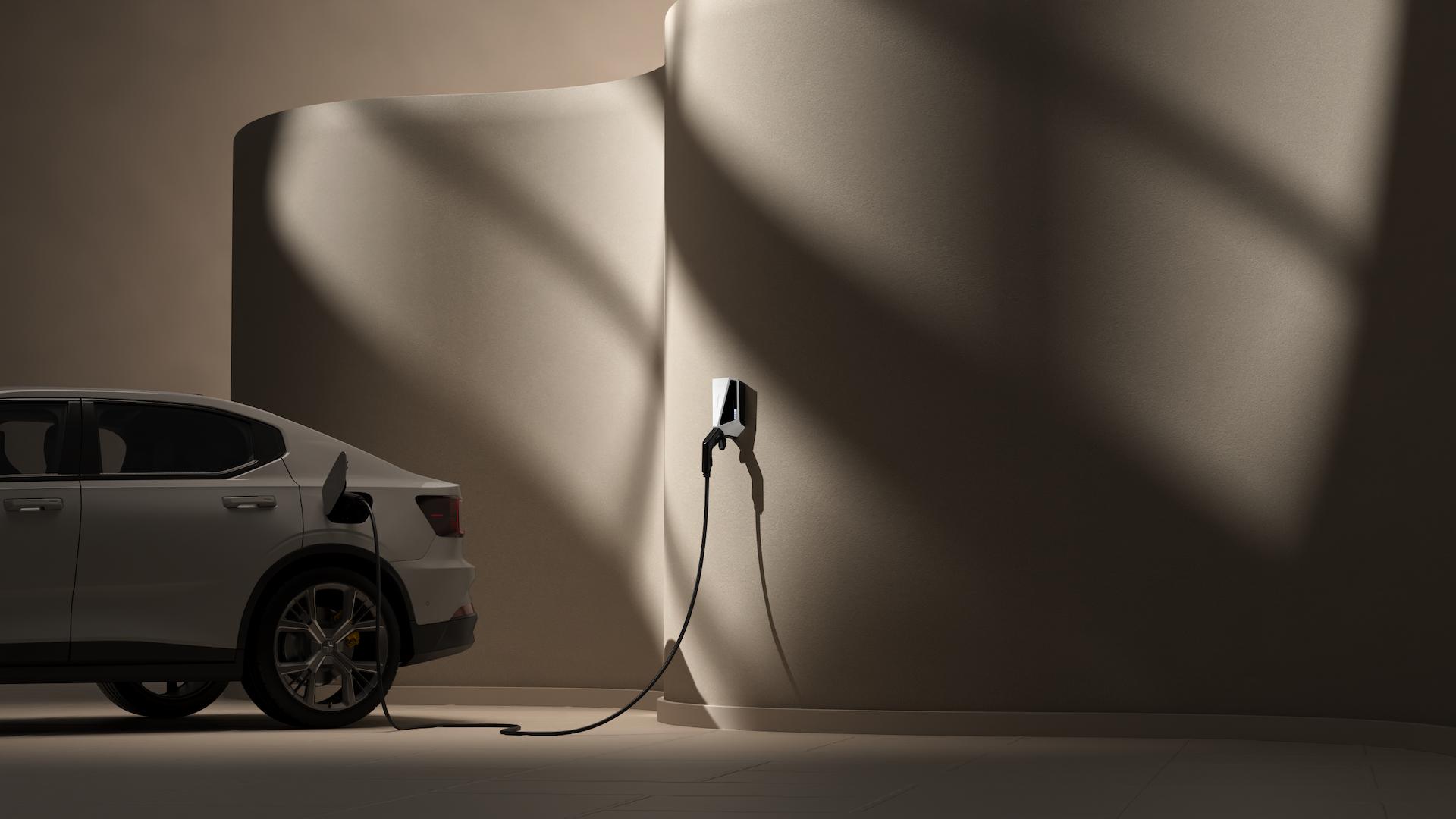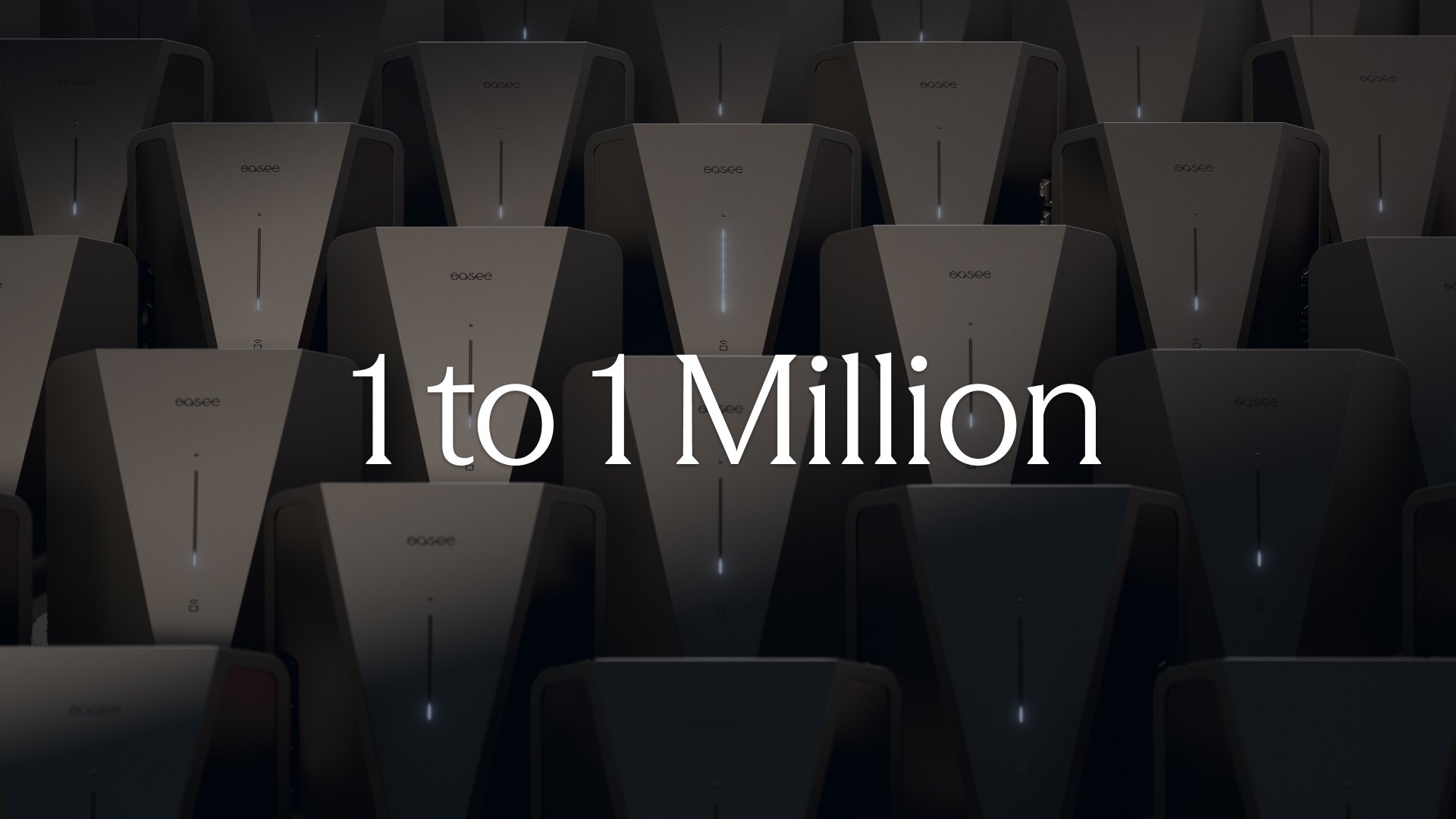Can your car give power back to your home?
New findings from Europe’s largest Vehicle-to-Grid project show the untapped potential of bidirectional charging.
Most electric cars stand still around 90% of the time. What if that time could be used to support your home, or even the grid? That’s the idea behind bidirectional charging, also known as Vehicle-to-Grid (V2G). It allows energy to flow both ways: charging your car when electricity is cheap or renewable, and returning that energy when demand is high. Recent findings from PAVE, Europe’s largest pilot project for bidirectional charging, reveal just how new this concept still is for most people, and how much potential it holds for the future of energy.
Most people have never heard of it
The research shows that seven out of ten people have never heard of bidirectional charging. Even among experienced EV drivers with more than three years of ownership, only 16% understand how it works.
At the same time, the project points to an exciting group of early adopters: homeowners with solar panels. In Sweden, 65% of these drivers already generate their own electricity, making them well placed to take advantage of a more flexible, connected energy system.
“We already have millions of mobile batteries parked in driveways across Europe,” says Anthony Fernandez, CEO at Easee. “If even a fraction of them could send energy back when it’s needed most, it could make the power grid far more flexible and resilient. This isn’t about adding more infrastructure, it’s about using what we already have, in a smarter way.”
A project bringing the whole ecosystem together
The PAVE project, short for Implementation of Vehicle-to-Grid Services, is funded by the Swedish Innovation Agency Vinnova. It brings together carmakers, grid operators, utilities and research institutions to test how V2G can work in practice. Easee contributes to the pilot with its V2G-ready chargers – Easee Max and Easee Pro – helping to test how energy stored in electric cars can move seamlessly between homes and the grid.
Project partners include Polestar, Svenska Kraftnät, Vattenfall Eldistribution, Göteborg Energi Nät and Chalmers University of Technology. Together they are exploring the technical, regulatory and behavioural factors that will make two-way energy flow part of everyday life.
“This is a glimpse of what the next decade of electrification could look like,” says Fernandez.
“People won’t just use electricity — they’ll share it. And when the technology is intuitive and effortless, that shift will happen naturally.”
From charging to sharing
Today, most homes and vehicles only consume electricity. With bidirectional charging, they could also give energy back. During off-peak hours, the car can be charged with cheaper, greener power. Later, when demand is higher, the stored energy can be used to support the home or the grid. It’s a small shift with major implications.

By spreading electricity demand more evenly, V2G could help balance the grid, reduce the need for expensive upgrades, and make it easier to integrate more renewable energy sources.
A smarter way forward
The PAVE project shows what can happen when the energy and mobility sectors work together, not to build more, but to use what already exists more intelligently.
At Easee, that’s exactly what drives our innovation: making complex technology feel effortless, while helping people and the planet move toward a smarter, more sustainable future.




